Did you know that some carnivores also eat turf? There are several groups of plants they usually consume, and then we know it as cat grass.
This plant, which is also popularly known as pet grass, is not a specific crop as we can find many. It is a side food for cats and dogs, especially those living in the wild.
The habit of eating grass is indeed unique, considering that their food is meat. But apparently, this habit is not without benefits. Turf can aid their digestion.
Because of its great benefits, many people have started to grow cat grass themselves at home. However, it does not seem to be as easy as turning your palm.
Hence, if you want the perfect result in growing cat grass, please read this article from start to end. After that, you will know exactly why and how to do it.
What is Cat Grass?
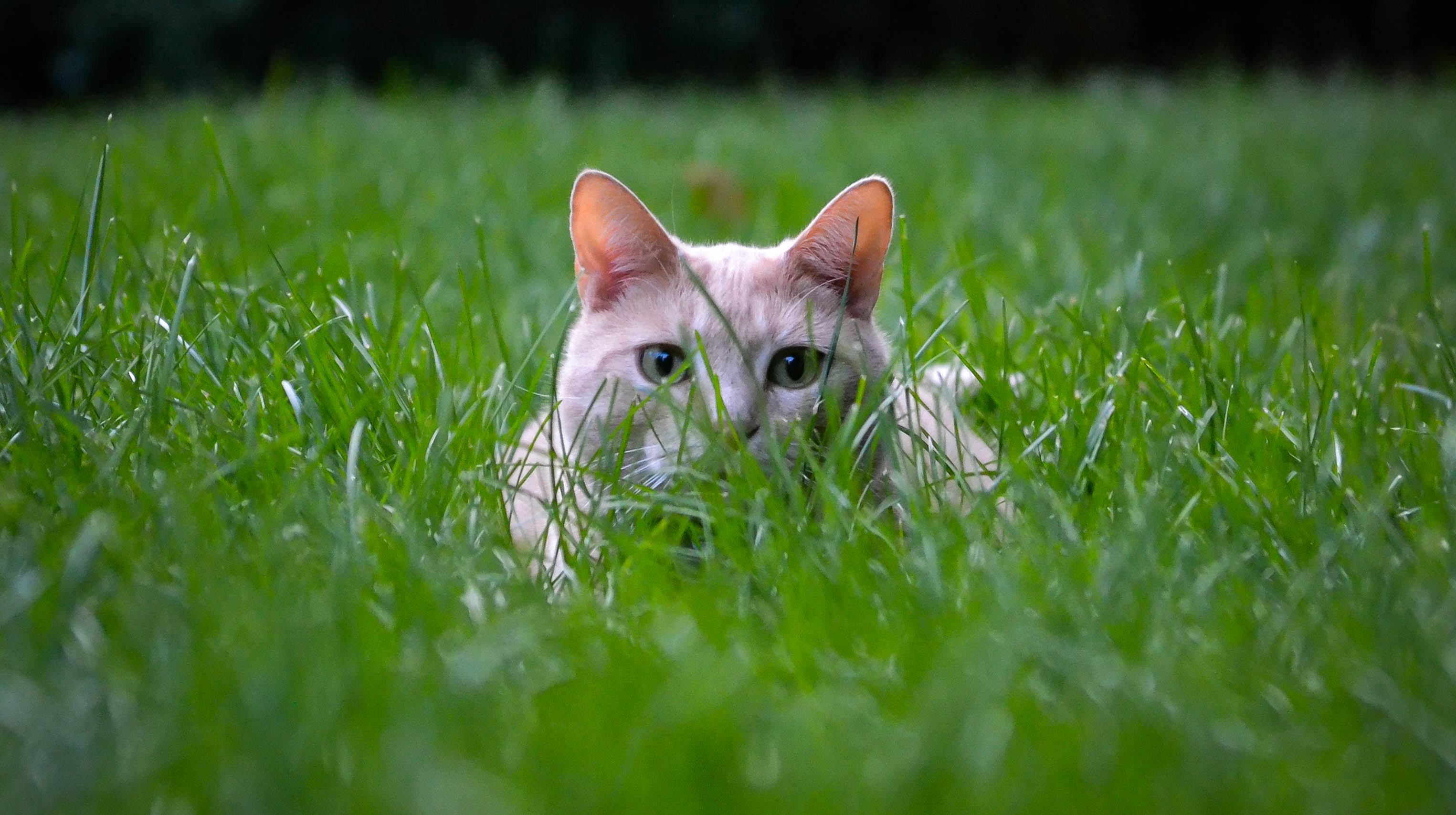
As noted above, cat grass does not have a specific name of plant species. This term refers to a mixture of plants that grow from seeds, such as wheat, barley, or rye.
Simply put, this turf is a breed that is safe for cats. Some cat grass seeds also become human food and become ingredients for cereals that you eat every day.
At first glance, the green color and general structure will look the same as a garden weed. However, it is different. Generally, this grass grows intentionally indoors or outdoors and is specifically for pets.
The plant has become a concern in recent times as it is considered the first aid for cat digestive problems. People believe that the nutritional content in it will neutralize all stomach-related sicknesses.
However, sometimes people confuse it with catnip that grows in the wild. Although they look physically similar, they are very different.
Catnip is a perennial plant that your cats can eat but not to treat digestive problems. Animals like this plantation because it gives a euphoric effect that impacts temporary behavior changes.
Meanwhile, cat grass is a plant that grows specifically to provide vitamins and nutrients to the animals that eat it. Thus they will grow well and be healthy.
How Important Is It?
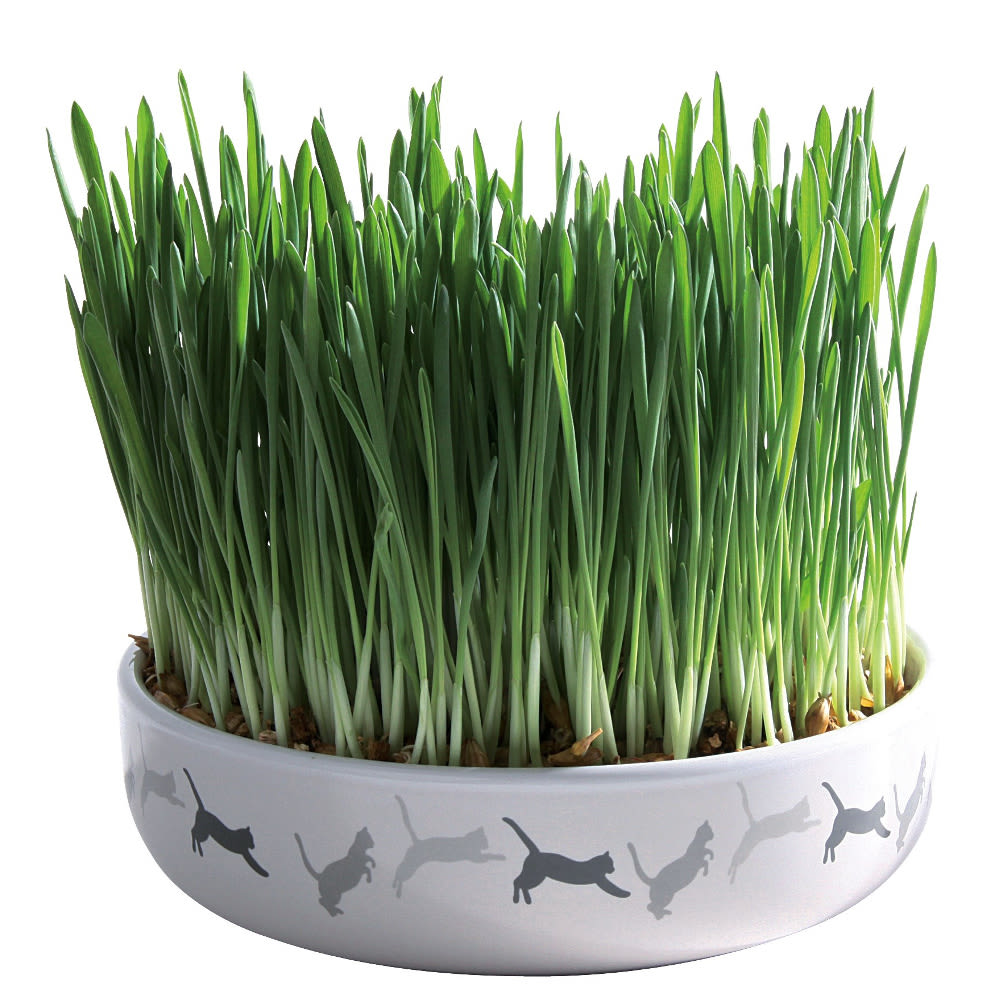
Since a long time ago, cats have had a hobby of eating grass. This habit is from instinct and existed long before these animals became popular as pets.
This habit is not just for fun. This carnivorous animal gets many benefits by chewing the herbs. Some advantages of cat grass for pets are as follow.
- It contains natural laxatives to treat constipation.
- Help remove swallowed hair when a cat licks the fur.
- It prevents the appearance of parasites in the body.
- Pet turf contains vitamins and minerals so that your pets stay happy and healthy.
- It helps remove accumulated substances that the body does not need.
- The plant is useful to maintain mental health.
- Neutralize the effects of excessive meat consumption.
- It contains vitamin A, vitamin D, chlorophyll, niacin, folic acid, and other substances that help the cat’s growth and development.
Therefore, cat grass is necessary for pets. The content in it will help with growth and maintain the health of pets.
Where to Find the Seeds?
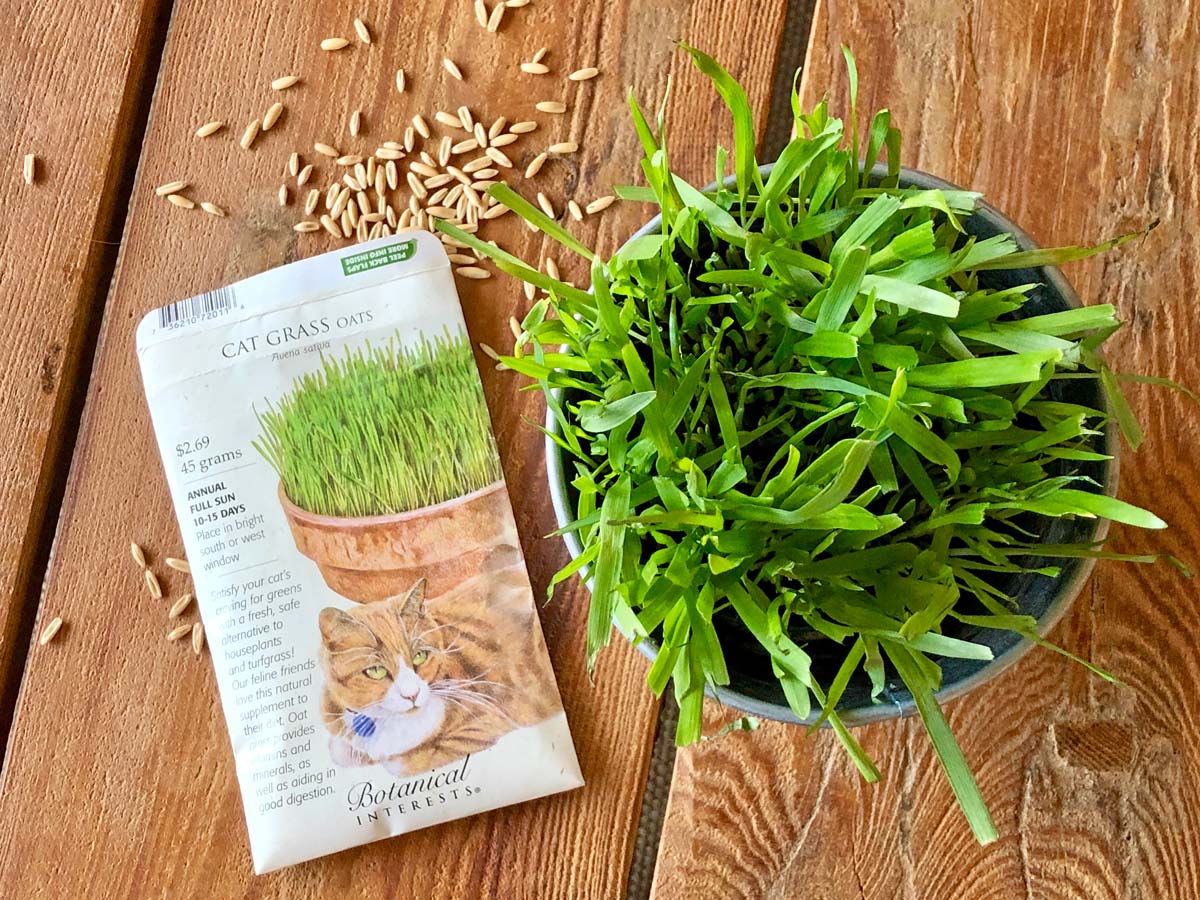
Finding grass seeds is not a big problem. You can easily find them in various shops that sell pet supplies.
You will get a complete package upon purchase. In addition to the seeds, a kit of cat grass seeds consists of a box, planting medium, and other supporting objects as needed.
The quality of the seeds is usually quite variable, which affects the length of growth and nutrition. One of the most popular types is wheatgrass because many people consider it the greatest nutritional content.
Why You Should Have a Cat Grass Garden?
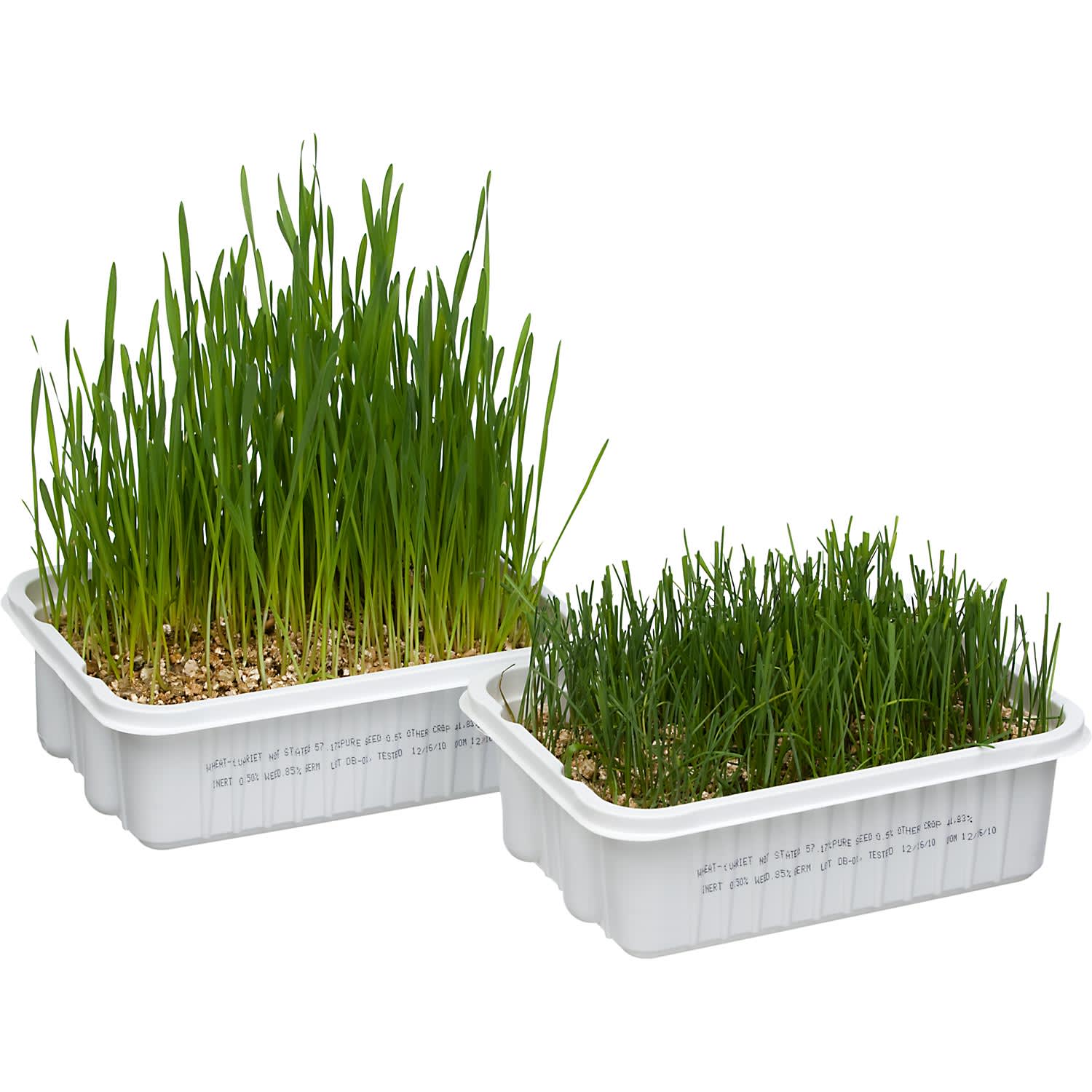
Growing a cat grass garden will help in providing maximum nutritional needs at a minimal cost. You should not rely on stocks from stores that do not necessarily exist.
Besides, this turf will also help maintain the cat’s digestive health. It will also be happy to eat the fresh grass planted in the garden, buying the dry one.
Another benefit, this grass will also benefit its owner. Humans can take part in consuming it due to its essential minerals and vitamins.
Planting plants in your area will not hurt either. Apart from giving the greenery a beautiful feel, it will also help create oxygen and produce fresh air throughout the day.
How to Grow Cat Grass?

As previously mentioned, the purchase of seeds is generally complete with other supporting objects such as planting media and small pots. But of course, you can make modifications.
A kit with planting media usually leads to a hydroponic system, which is without soil. There are several options, such as crystal, sand, or husk beads. But you can still use the land.
The method of planting cat grass may differ from one location to another. But in broad outline, the steps are as follows:
- First of all, prepare a box for placing the planting medium.
- Planting media can use soil or apply a hydroponic system (for example, with sand, husks, crystal beads, etc.).
- Put the planting medium into the box. If using crystal beads, you need to add water and let it sit for 10 hours.
- Sow the seeds and make sure they are perfectly-covered by planting media.
- Water every morning and evening, but do not let the water stagnate.
- Use moist but not too wet media.
- For the first three days, prevent the seeds from direct sunshine. Cover them up with something safe.
- Open the lid on the 4th day and let the shoots appear.
- Start harvesting them from the seventh to the ninth day.
- When harvesting, do not forget to leave approximately 2 cm of grass so it can grow back.
It turns out that planting cat grass seems to be quite easy. If you have spread the seeds, do not forget to control them to make perfect results.
Caring Your Plants
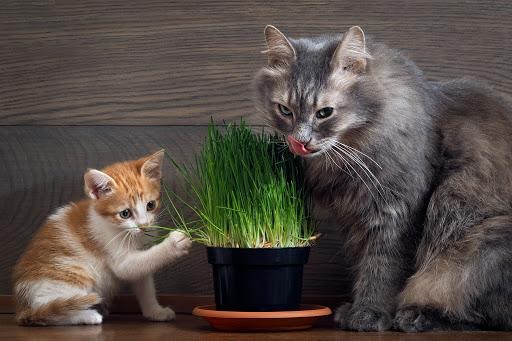
After successfully growing it well, your job is still not finished. You still have to take care of the cat grass to keep it in good condition and produce fresh food for your beloved one.
The treatment is not that difficult. You should not spend a lot of money on fertilizers and other expensive treatments as long as you do the following steps:
Trimming Regularly
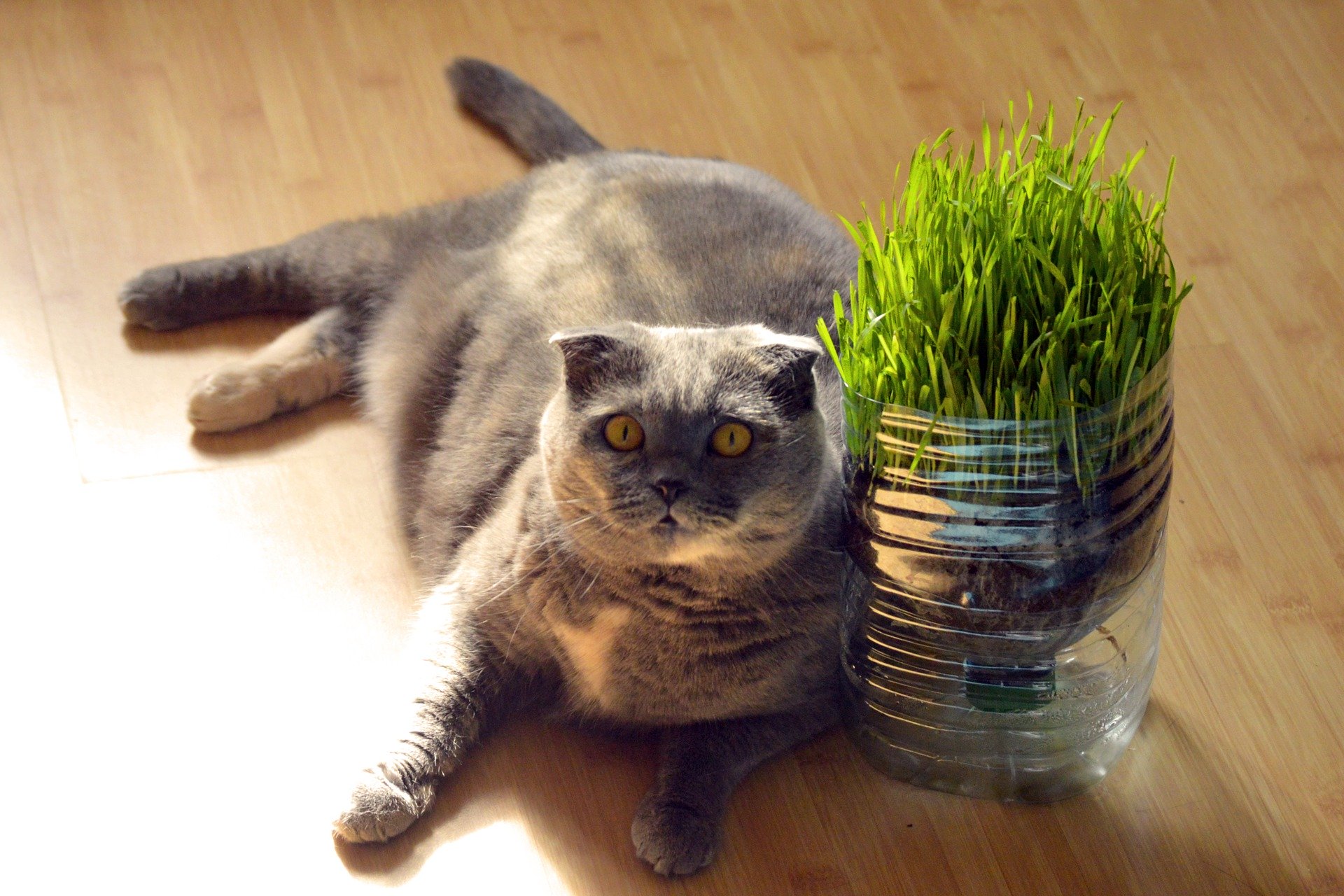
Your cats will probably be more than happy to help with this task because they require nutritional intake. However, there is no harm in checking and pruning them regularly.
Trimming is a strong recommendation. Do it at least 1 inch each week to keep the plant length in ideal conditions. Besides, this will keep them fertile and grow well.
Resowing the Seeds
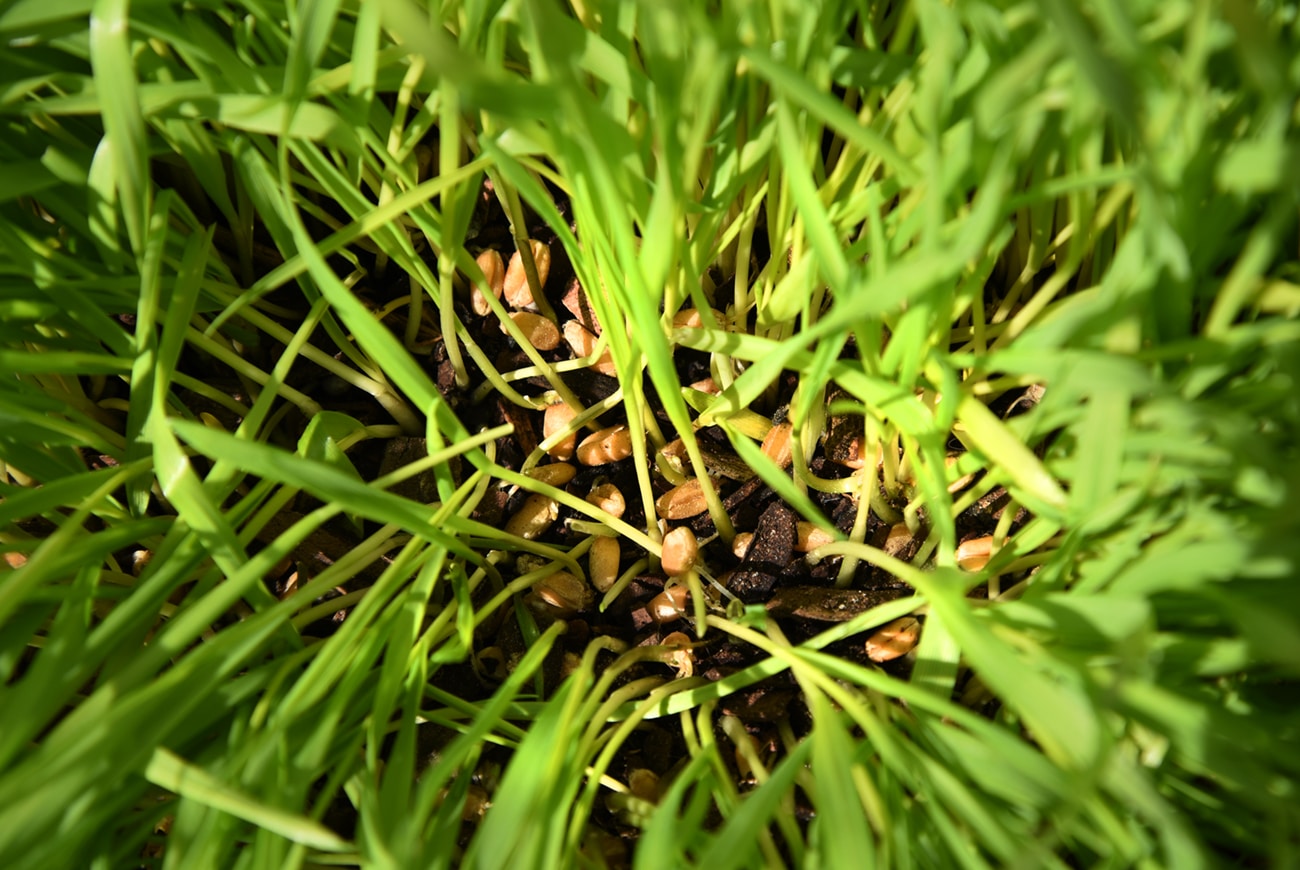
Although the grass continues to grow, it also has a lifespan. If the plants are too old, the quality will decrease. The taste is no longer delicious, along with fewer nutrients.
Therefore, you need to re-seed the seeds regularly. You should not change the old one, place it around the existing plants. The new plants that appear will be fresher and more nutritious.
Pest Inspection
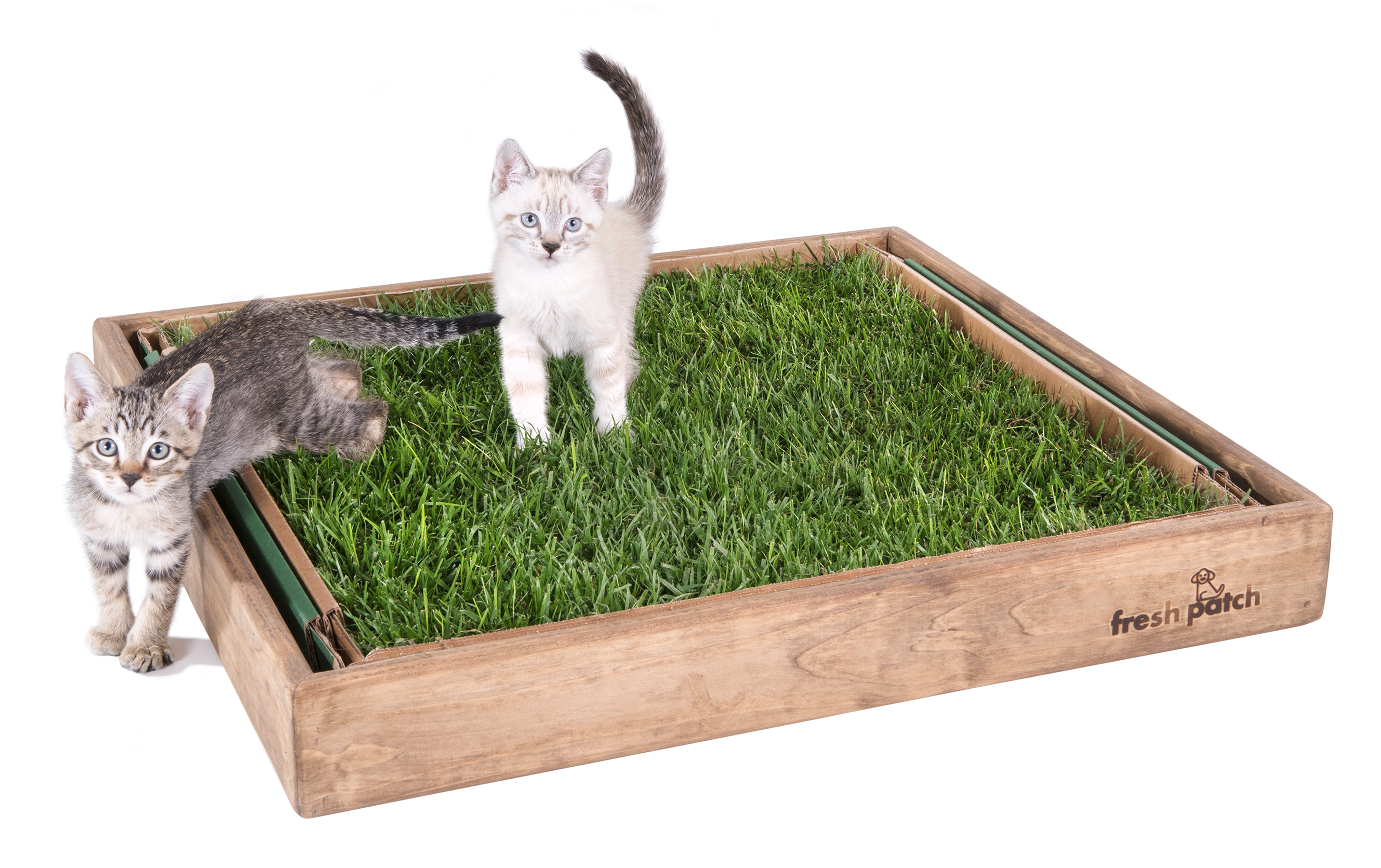
An indoor plant in a small pot is not free from pests. Aphids or white worms may be secretly eating away at your grass. Usually, their whereabouts are not known until it is too late.
To avoid unwanted things, you must be diligent in checking the condition of the plant. It is okay to use pesticides or herbicides but do it only if necessary.
Surely you do not want your cats to consume the chemicals in pesticides and herbicides. It gives a bad effect on the pets’ health.
If the pests and weeds invasion is too severe, you will need to replace plants with new ones. It will not take long since you can harvest the grass in a matter of weeks.
Giving Wet Mulch
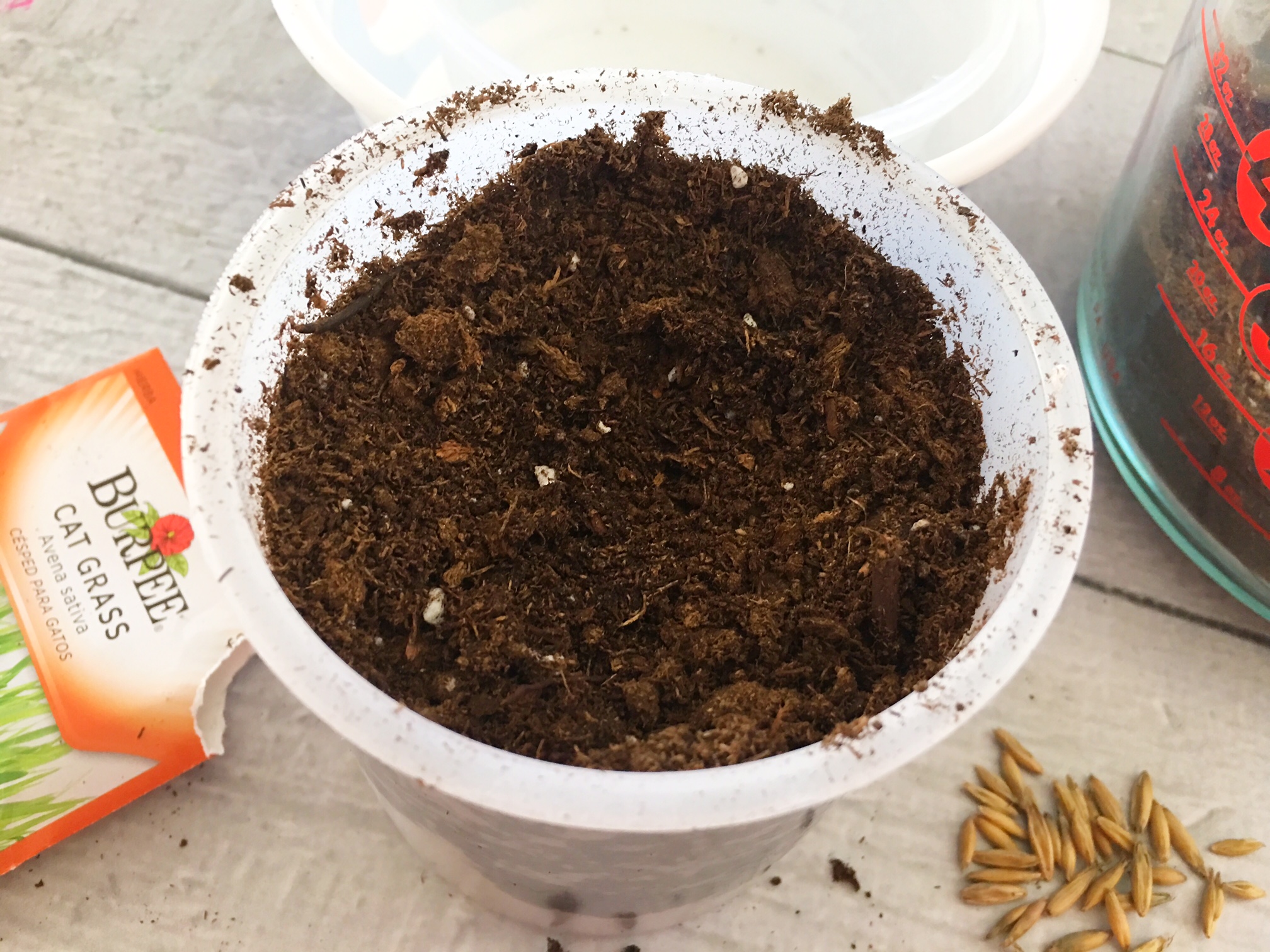
Instead of using chemicals, you can use some mulch to prevent weeds. In this way, the plants that can steal nutrients will be disturbed so that the cat grass growth will be great.
Mulching the grass will also help keep it in ideal temperature conditions. Again, this is important for growing quality turf.
Watering Wisely
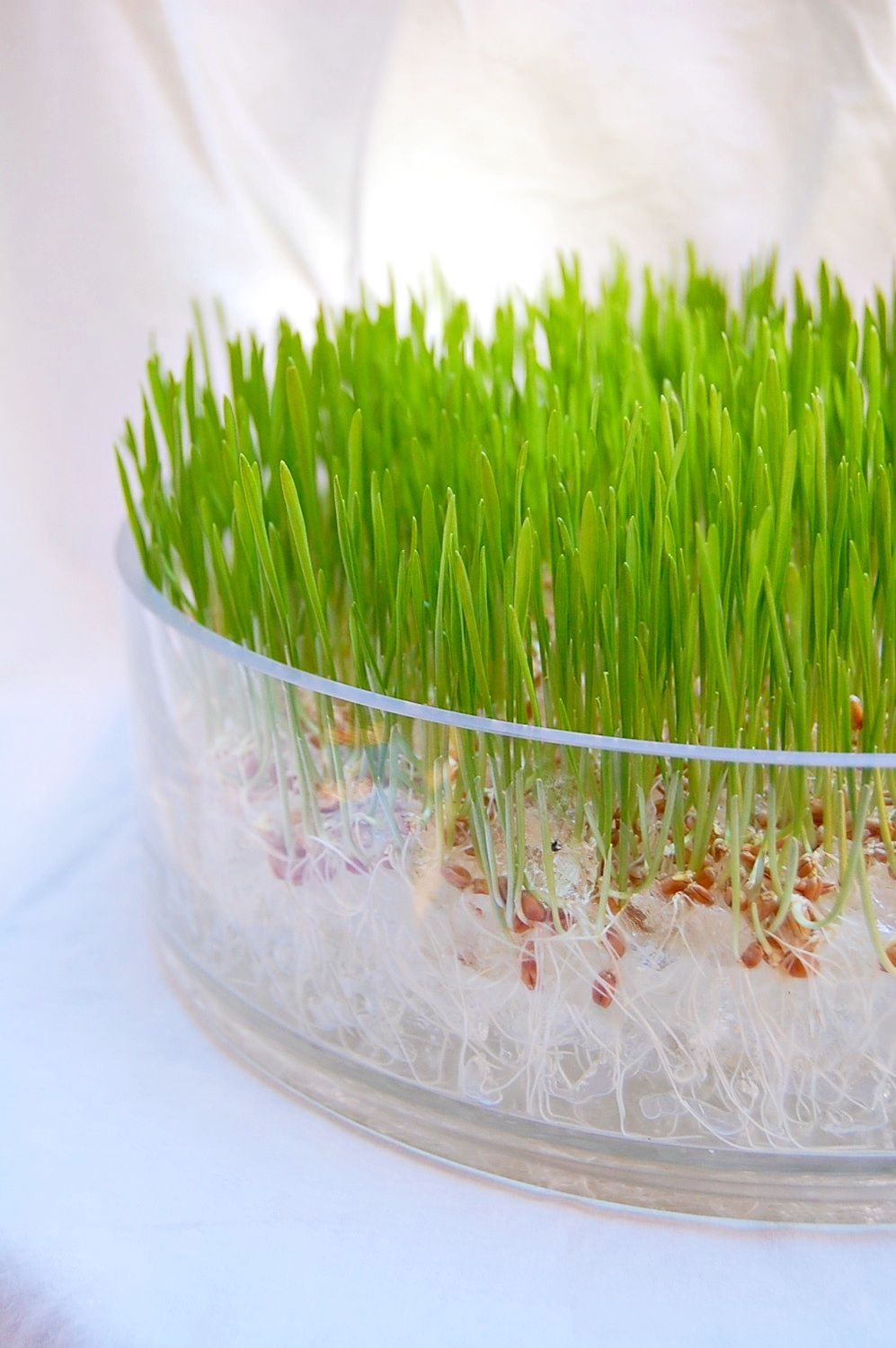
Watering plants is a mandatory activity in cat grass maintenance. But do not overdo it. Flush sufficiently as much as the growing medium can absorb.
Do not overwater and make it stagnates the planting medium. It will make the growing media condition moist.
Besides being able to rot the roots, the excess fluid can also trigger fungi and other nuisance plants. It will be bad for your turf.
Caring for cat grass is not difficult. The steps are standard like treatment on other plants. Take good care so that the nutrition for your cats is maintained apart from the staple food.
Some Tips to Do
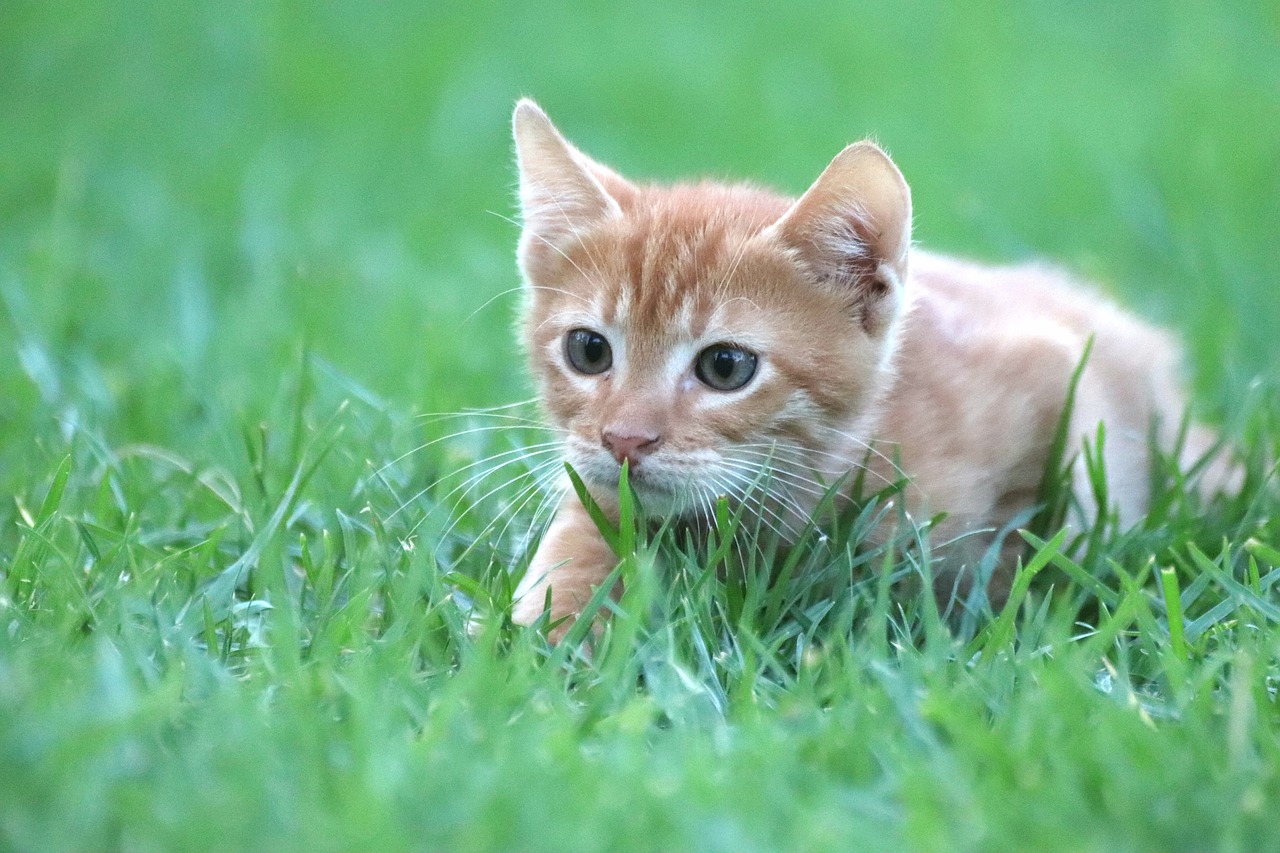
Throughout the discussion above, you have studied the properties, ingredients, and even the methods to plant cat grass. However, there may be things that are missing from the points above.
For your plants to provide maximum benefits for cats, you need to know various tricks and additional information. Besides, it is necessary to study the ideal conditions for the grass.
Where to Place the Cat Grass?
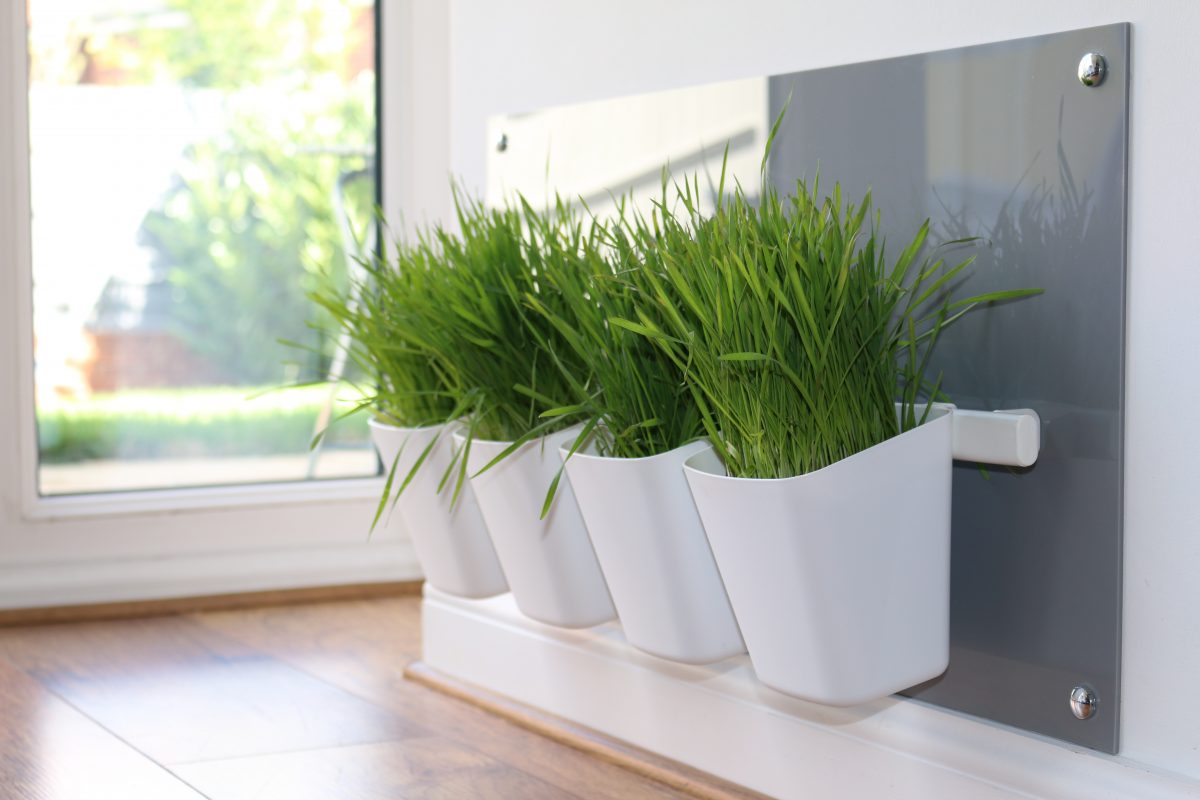
Cat grass is physically similar to many other plants. It can be similar to other plants that you grow for decoration or daily consumption. Do not let your pets get confused.
Sometimes, the pets are difficult to tell which ones they can and cannot eat. Therefore, place the grass where they often traverse but not near other plants.
For example, you can place pet grass near your beloved one who usually plays. You can put plants other than cat turf in a higher place or away from the reach of the cat.
Besides, you need to place the pet grass in a place that has access to sunlight. Putting outdoor is not necessary as long as they get bright light. It is okay to have glass as a separator.
Knowing the Normal Diet
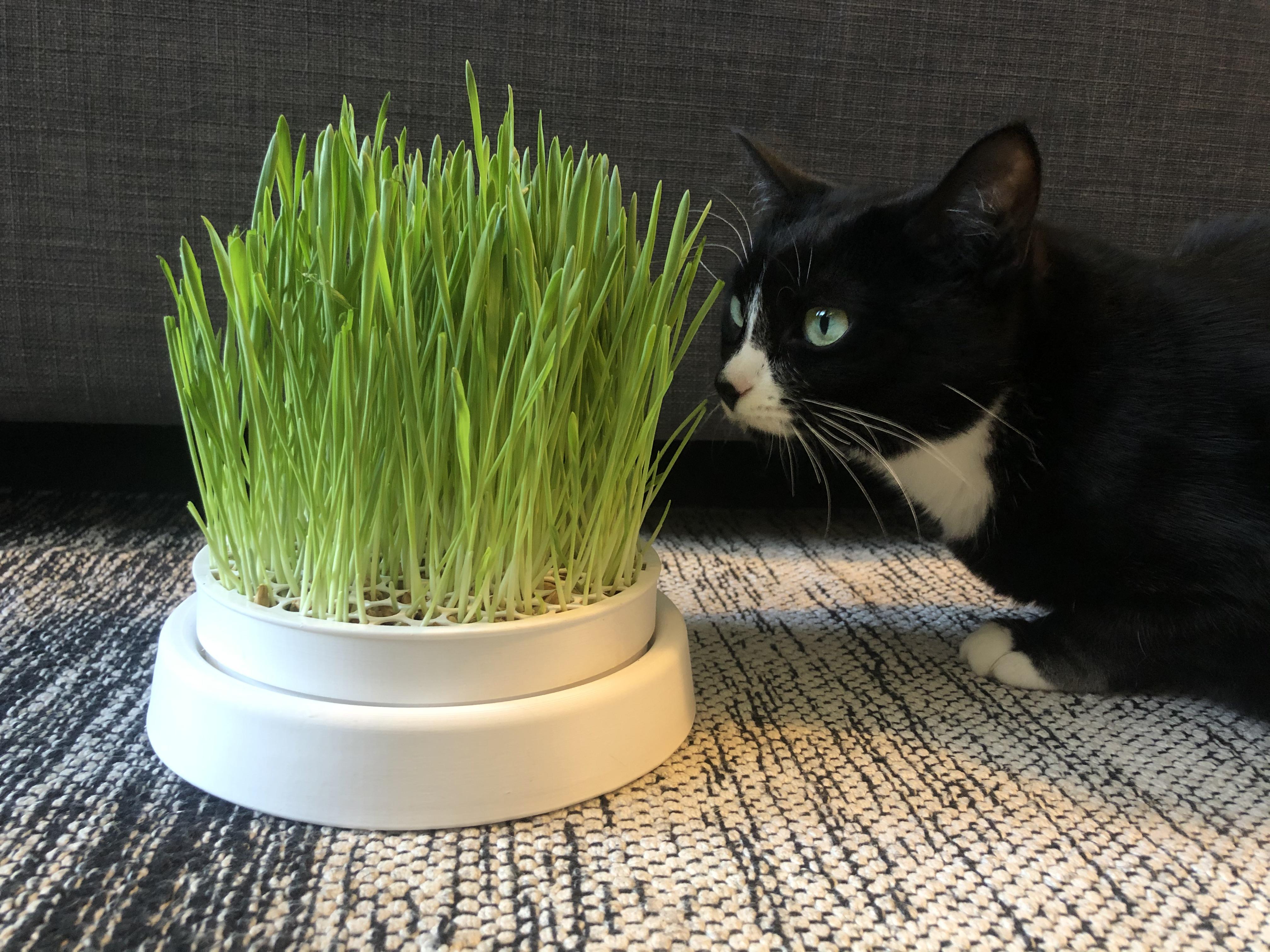
Cats eat grass, one of which is to aid digestion and remove a hairball in the stomach. Regularly, they will regurgitate lumps of swallowed hair while licking their bodies.
Because cats regularly lick their fur to clean themselves, cat grass consumption will continue. These pets go on to do so throughout life. But what is the normal dose?
This question does not have a definite answer. Every cat has different conditions and standards. However, you need to be vigilant if they experience the following conditions:
- They do not digest grass properly whose indication is the leaf blade in the cat vomits.
- The cat vomits immediately after eating grass.
- They keep eating every time, exceeding the limit he was used to eating.
If these things happen to your cat, then the best way is to go to the vet. Ask if there is something wrong with the beloved one.
Maximizing Cat Grass Nutrition
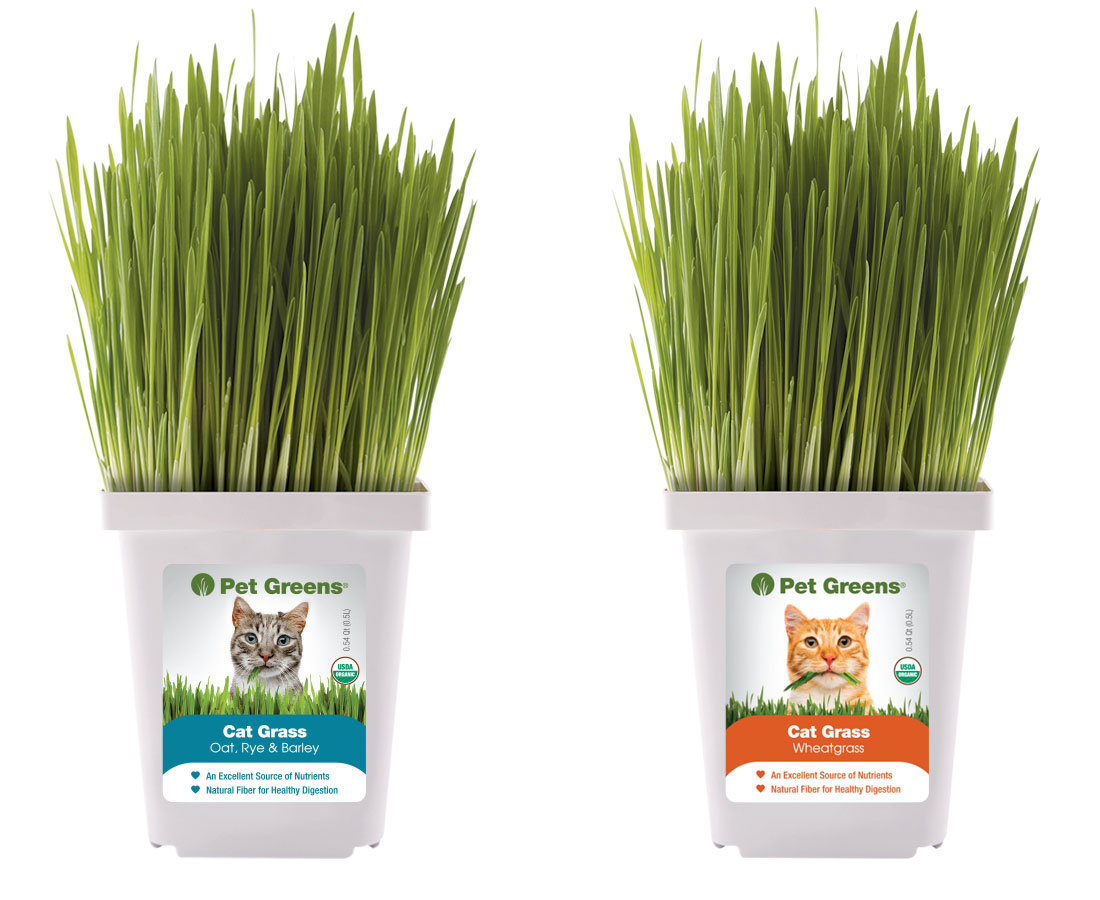
Cat grass is one way to provide fiber intake for pets. It is very beneficial for digestive health, which will ultimately make them healthy and agile.
There is no definite limit to how many plants you should grow. If the cats need a lot of food, planting more grasses will be a great idea.
One plant can still produce new grass even after the cats have consumed it. However, this does not last forever. Gradually the quality will decline.
Besides being diligent about inserting new seeds between old plants, it’s a good idea to check the plant condition. If the color starts to change, such as yellow and pale, that is a sign that it is quite old.
Thus, you need to regenerate. Replace old plants with new seedlings. But before remodeling everything, make sure you have spare pet grass for your cat food.
Conclusion

Eating grass has become an old cat habit. It is crucial for maintaining digestive health and preventing various diseases in the stomach.
Therefore, consumption of grass can be an option to provide maximum nutrition to your favorite pets. The easy way to plant it at a low cost won’t burden you.